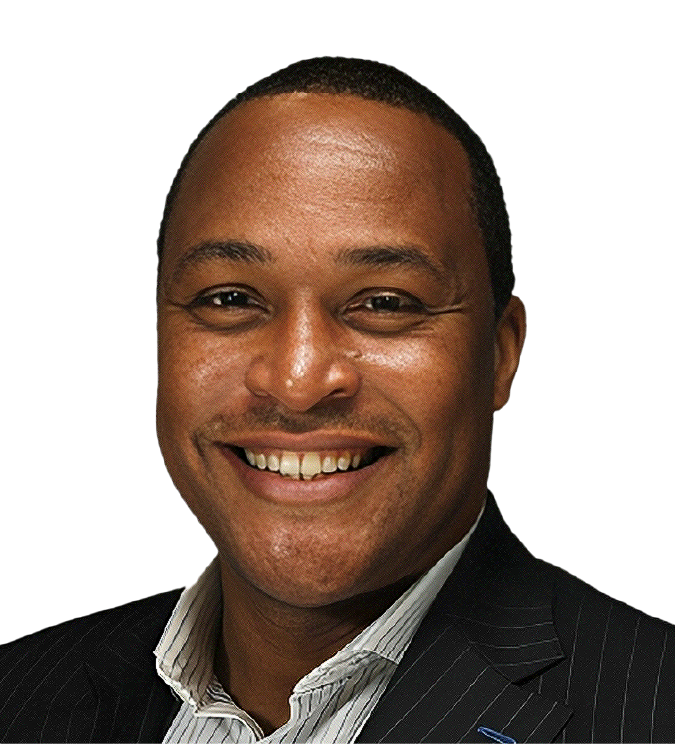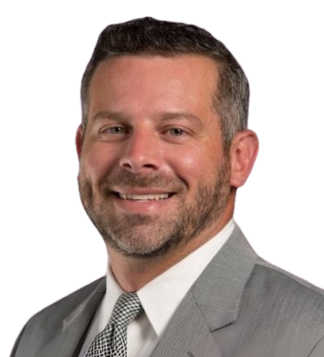“If your supply chain only reduces costs, it’s not a strategic asset — it’s a commodity,” Randy Bradley, PhD & EVP of Digital Transformation in Life Sciences at BSMA, tells John in this episode of Smarter Sourcing. When 80% of executives claim their supply chain is strategic but expect it only to cut costs, Randy helps expose the disconnect that keeps procurement leaders trapped in operational thinking.
Drawing from 25+ years bridging technology and supply chain, he explains why healthcare organizations relegate their supply chains to “the basement next to the morgue” and provides a roadmap for elevating procurement’s role through liquid data assets and a critical mindset shift from resilience to agility.
For procurement professionals tired of being cost-cutters instead of value-creators, Randy’s frameworks for translating operational metrics into C-suite language will transform how you position your function’s strategic impact.
Topics discussed:
- How to distinguish between commoditized and strategic supply chains by examining whether they contribute to top-line revenue generation rather than just cost reduction.
- Translating operational metrics into C-suite language and how to convert supply chain KPIs like inventory turns into financial metrics that executives care about.
- Why healthcare’s operational excellence mindset and failure to reconcile competing global supply dynamics has prevented innovation and strategic elevation.
- The “resilience vs. agility” framework for supply chain strategy and why organizations should strive for agility (emerging with new capabilities) rather than mere resilience (weathering challenges) when facing disruptions.
- A three-part methodology for developing data that can be easily recombined, monetized, and shared through engaged data democracies that break down departmental barriers.
- Why focusing on using AI to eliminate distractions rather than replace jobs allows organizations to unlock human intellectual potential and avoid the resistance that causes organizations to fall behind.
- Embedding risk management as core business practice and how to shift from reactive disruption response to proactive capability building that prevents supply chain disruptions from causing business interruptions.
Listen to more episodes:
Guest Quote:
“A supply chain is not one thing, it’s a social organism. It’s a social construct that’s made up of people and assets who are trying to work in harmony to do, really, three things: move goods and products, ensure we have proper exchange of finances when those goods and products change hands, but more importantly, make sure we have the appropriate and efficient flow of information related to those transactions in a more timely manner.”


 Audio Podcast
Audio Podcast










